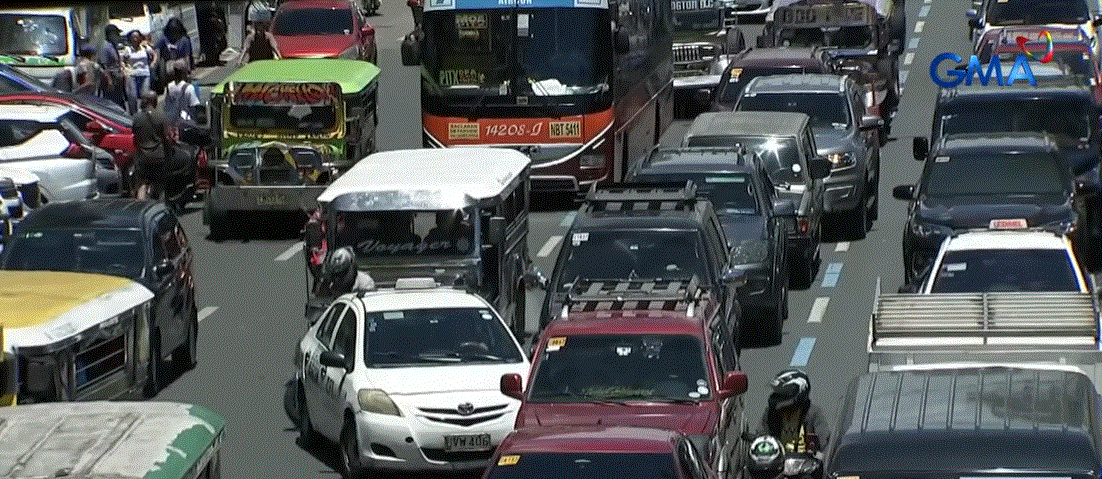In a report by Joseph Morong on “24 Oras,” the local government units (LGUs) of Davao City, Manila, and Caloocan acknowledged that traffic problems are still an issue in their areas. These three cities were recently listed as some of the “slowest cities” in the world by TomTom’s 2024 Traffic Index.
Davao City was ranked 8th, Manila came in at 14th, and Caloocan placed 26th on the list, which included 500 cities globally. The ranking highlighted the issue of traffic congestion, with the slowest travel in the country averaging more than 24 hours for every 10 kilometers.
Davao City explained that the heavy traffic is mainly due to the rise in investments and an increase in visitors. Since Davao is an old city, expanding the roads will be challenging. However, the city has plans in place to reduce traffic, such as the Bucana Bridge project, which is expected to be completed in the last quarter of 2025.
In Manila, the situation is also tough. With a daytime population of 2 million people, Manila’s traffic problems are compounded by the city’s old streets and infrastructure. The Manila LGU mentioned plans to improve traffic by rehabilitating the Lagunsilad Underpass, making it safer for motorists, and regularly clearing road obstructions. They also emphasized the importance of discipline among drivers, motorists, and pedestrians to help improve the situation.
Caloocan, which is a busy city and a gateway to Metro Manila for people coming from the north, faces its own traffic struggles. With a population of more than 1.7 million people, Caloocan’s traffic problems are worsened by the high number of people passing through the city every day. The local government is addressing these issues by implementing traffic management strategies and road improvement projects.
The Metropolitan Manila Development Authority (MMDA) stated that despite the challenges, traffic in the capital region has actually improved. The average travel time in 2024 is 24 minutes per 10 kilometers, which is faster than the previous year’s 24.5 minutes. The MMDA credited this improvement to the measures they’ve taken to manage traffic better, even with the increase in vehicles on the road, which now totals 3.6 million per day.
Although traffic remains a challenge in these cities, the local governments are working hard to find solutions and make life easier for drivers and commuters.

















